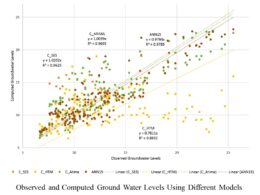Remote Sensing and GIS in Wetland Mapping
Wetland Mapping Process through Remotely Sensed Images
Analytical Assessment based on Wetland Mapping using Remote Sensing Data
Result shows that forest area is significantly large in Sawai Madhopur (14.04 %) and Udaipur district (25.95 %), while the relative proportion of forest area both in Tonk and Pali district is less than 5 % and major portion is open type.

Extreme Picture Finder Crack Thanks For Sharing this blog commenting sites List. This is helping us a lot to increase our ranking on google.